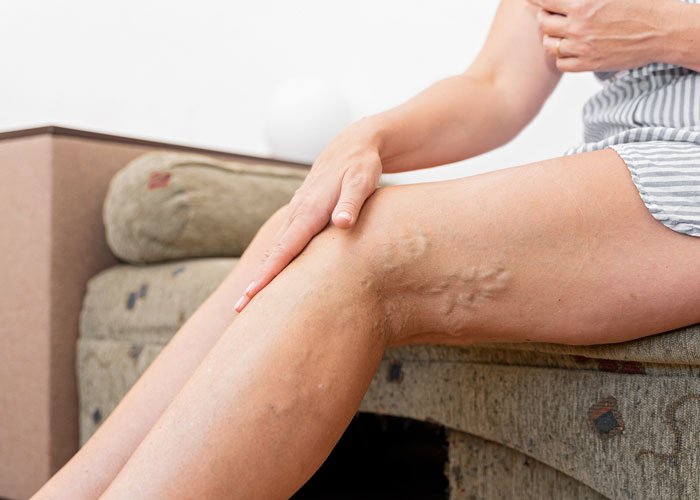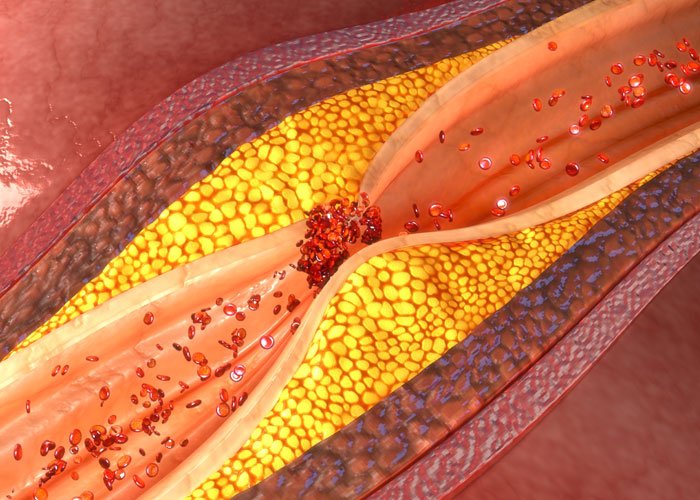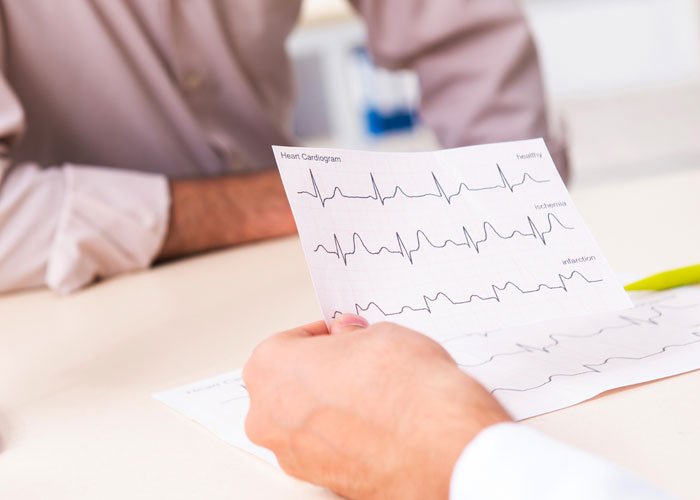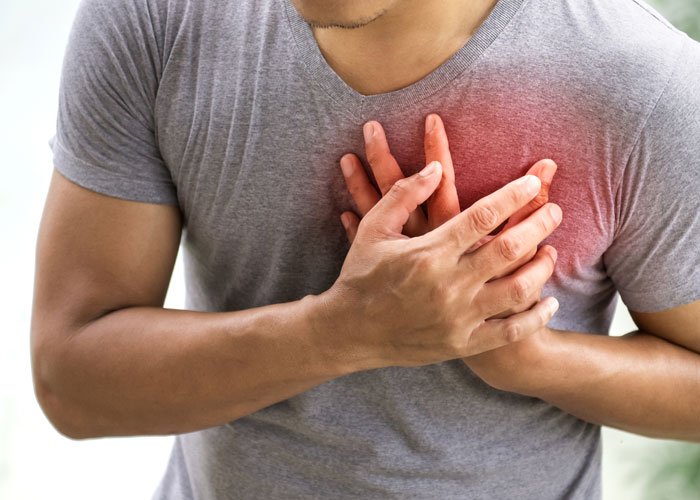
Conditions
Varicose Veins
Most people undergo treatment for spider and varicose veins mainly for cosmetic reasons. But sometimes, varicose veins can cause aching and swelling in the legs that require an examination by a certified physician. Home remedies can help alleviate the pain; however, a doctor may need to close or remove the veins in severe conditions.
Coronary Artery Disease
Chest pain (angina) is the most common CAD symptom and causes tightness, pressure, numbness, or a burning sensation. The symptoms may also include nausea, dizziness, sweating, irregular heartbeats, or shortness of breath.
Arrhythmia
The signs of arrhythmia may not be too obvious; therefore, a routine examination by your health care provider may help identify the disease even before you feel something is wrong with your body. Some noticeable arrhythmia symptoms include shortness of breath, chest pain, fast heartbeat, slow heartbeat, fainting, sweating, and fatigue.
Heart Disease
The signs and symptoms of heart disease depend on the type you have. Some may be too obvious, while others are not. Symptoms of heart arrhythmias include lightheadedness, dizziness, fluttering in the chest, and a slow heartbeat. A heart disease’s symptoms caused by weak heart muscles are irregular heartbeats, swollen feet, legs, ankles, fainting, and fatigue.
Heart Failure
Early signs and symptoms of heart failure include persistent cough with white or pink mucus, swollen abdomen, nausea, decreased alertness, rapid heartbeat, and an increased urge to pee at night.
Peripheral Artery Disease
The symptoms of a PAD include numbness or weakness in the leg, change in the color of your leg, pain in one or both hips, and sore thighs after walking. It is important to know that peripheral artery disease can even cause erectile dysfunction in men.







